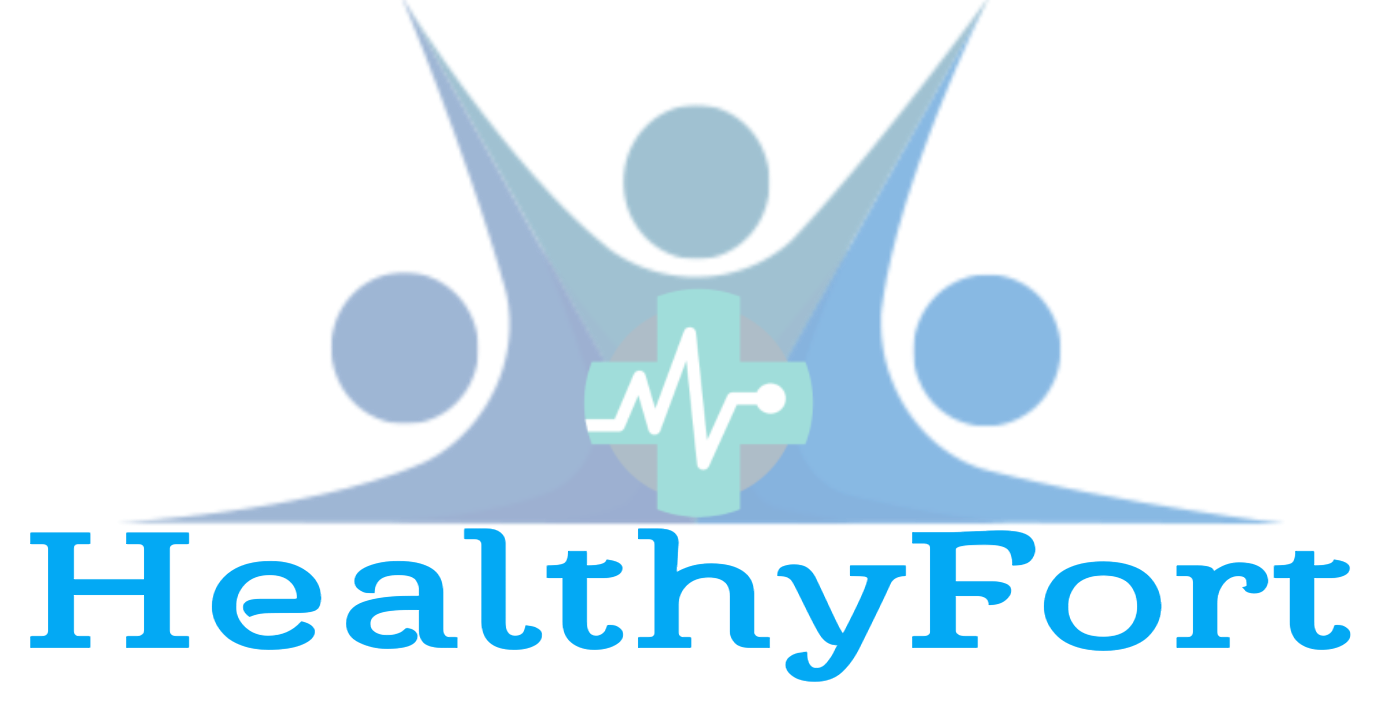In the complex and ever-evolving world of healthcare, ensuring the financial health of an organization is just as critical as delivering quality patient care. Revenue cycle management (RCM) plays a pivotal role in maintaining this balance by overseeing the financial processes that support the entire healthcare system. From patient registration to final payment, effective RCM ensures that healthcare providers can sustain operations, invest in advanced technologies, and continue improving patient outcomes.
What is Revenue Cycle Management?
Revenue cycle management is the financial process healthcare organizations use to manage administrative and clinical functions associated with claims processing, payment, and revenue generation. The cycle begins with scheduling and patient registration and ends when the healthcare provider has received full payment for services rendered. Key components of RCM include:
- Patient scheduling and registration: Collecting accurate demographic and insurance information upfront.
- Eligibility verification: Ensuring patients’ insurance coverage is active and services are covered.
- Charge capture and coding: Accurately documenting and coding the services provided to ensure proper billing.
- Claims submission: Filing claims with insurance companies in a timely manner.
- Denial management: Resolving rejected or denied claims efficiently.
- Patient billing and collections: Communicating clearly with patients about their financial responsibilities and ensuring payments are collected.
Why is RCM Important in Healthcare?
- Financial Stability RCM ensures a steady flow of revenue by minimizing errors and delays in billing and collections. Without effective RCM, healthcare organizations risk financial instability, which can lead to service interruptions, staff reductions, or even facility closures.
- Compliance with Regulations The healthcare industry is highly regulated, with complex billing rules and compliance requirements. Effective RCM ensures adherence to these regulations, reducing the risk of audits, penalties, and legal issues.
- Improved Patient Experience Clear communication about billing, streamlined processes, and transparent pricing contribute to a better patient experience. Patients are more likely to trust and return to providers who handle financial matters professionally and empathetically.
- Operational Efficiency By automating repetitive tasks and leveraging data analytics, RCM streamlines operations. This allows staff to focus more on patient care and less on administrative burdens.
- Optimized Cash Flow RCM helps healthcare providers identify and address bottlenecks in the revenue cycle, such as denied claims or delayed payments. This ensures a consistent cash flow, enabling providers to invest in growth and innovation.
Challenges in Revenue Cycle Management
Despite its importance, RCM is not without challenges. Common issues include:
- Evolving regulations: Staying compliant with ever-changing healthcare laws and payer policies can be daunting.
- Denied claims: Insurance denials due to coding errors, incomplete documentation, or eligibility issues can slow down the revenue cycle.
- Technology integration: Implementing and maintaining advanced RCM software requires significant investment and training.
- Patient payment responsibility: With the rise of high-deductible health plans, collecting payments directly from patients has become more challenging.
Strategies for Effective RCM
To overcome these challenges and optimize RCM, healthcare providers can adopt the following strategies:
- Invest in technology: Use RCM software to automate processes, improve accuracy, and provide real-time insights into financial performance.
- Train staff: Ensure that employees are well-versed in coding, billing, and compliance to reduce errors and enhance efficiency.
- Focus on patient engagement: Provide clear billing information and multiple payment options to improve patient satisfaction and collections.
- Monitor key metrics: Track metrics such as days in accounts receivable (AR), denial rates, and collection ratios to identify areas for improvement.
Conclusion
Revenue cycle management is the backbone of financial sustainability in healthcare. By optimizing RCM processes, healthcare organizations can improve cash flow, enhance patient satisfaction, and ensure compliance with regulations. In an industry where both lives and livelihoods are at stake, investing in effective RCM is not just a financial necessity but a strategic imperative.
Learn More
Discover how HealthyFort can streamline the revenue cycle through its experience and advanced analytics that enables providers to focus on what matters most—delivering exceptional patient care while maintaining financial resilience.


